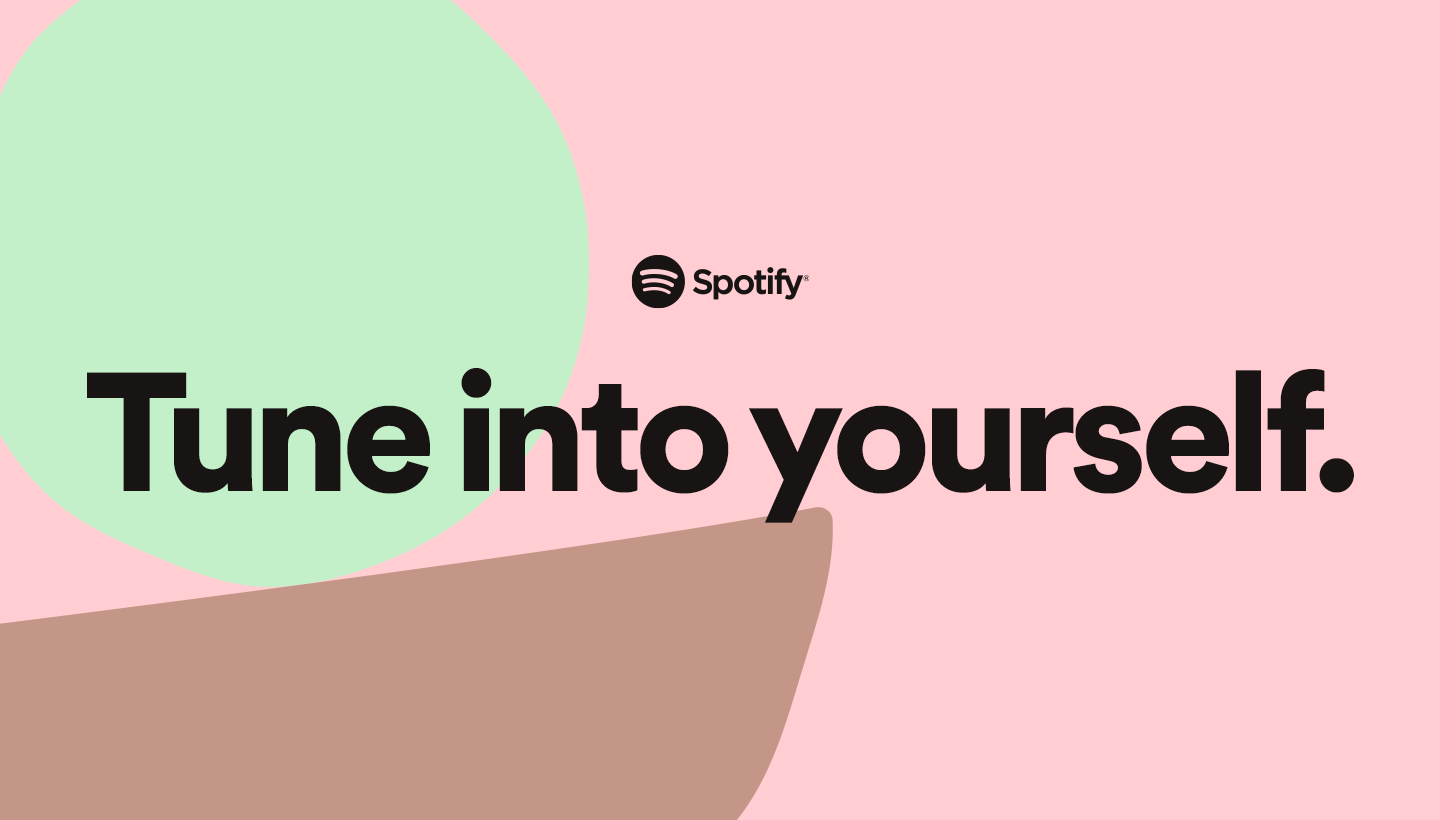
There are times when it feels like the world around us gets too loud, distracting us from experiencing the moment and connecting with ourselves. And while mental health has always been important, these last few years have brought it to the forefront. In a sea of demands for our attention, it’s important to take time to get grounded. To help Spotify listeners find quiet amid the chaos, we’re inviting them to turn down the noise and tune in to themselves on World Mental Health Day this year.
At Spotify, mental health is a top priority. It’s the reason why we started our Heart and Soul mental health initiative in 2018 as a way to raise awareness, build knowledge, encourage self-care and professional support, and normalize the conversation to reduce stigma. And in the years since, we have continued to make mental health conversations and resources available to our employees, as well as to all who come to Spotify looking for the moments of inspiration and healing that music and podcasts can provide.
This year is no exception. We believe that audio is one of many beneficial tools for mental well-being, and so we’re supporting listeners and employees with our lineup of hand-curated content and collaborations with artists, creators, and influencers. We’re also continuing to evolve our partnership with Headspace, the mental wellness provider that promotes health and happiness through mindfulness and meditation. Our hope is that everyone discovers audio that helps them continue to connect with themselves and with others in their everyday lives.
Connect with your favorite artists and creators in our Wellness hub
Across our Wellness hub, we’re highlighting content that can help listeners find some respite from noisy thoughts and buzzing news feeds. We’re also collaborating with artists and podcasters to share their personal experiences of feeling overwhelmed and stressed––along with their ways to bring themselves back to a place of connection. When you first open the Spotify app, you’ll be greeted with a pop-up or banner with a link that will take you to the hub.
There, you’ll find not only some of our most popular editorial wellness playlists like Calm Vibes, Noise Cancelling, and lofi meditation, but also a wide range of curated playlists from artists and podcasters like J Balvin, Hayley Kiyoko, We Can Do Hard Things’ Glennon Doyle, and Meditation with CurlyNikki’s Nikki Walton.
We’ll also be working with a few of India’s and Sweden’s brightest stars. This includes India’s singer-songwriters Armaan Malik and Hanita Bhambri, actors Rajkummar Rao and Mithila Palkar, and writer Shaheen Bhatt—and from Sweden, artist SHY Martin and Det skaver’s Cassandra Klatzkow, Elsa Ekman, and Nadia Kandil. Each playlist will feature some inspiring words from the artists and creators themselves about the importance of mental health and well-being.
Additionally, you’ll find exclusive content on our social channels, where creators and influencers such as Zion Clark, Eli Rallo, and Bran Flakezzz will be sharing their own thoughts on mental health awareness and encouraging viewers to visit the Wellness hub.
Sundays get less scary with Headspace
In addition to having our Wellness hub, we’re also partnering with Headspace to launch the limited podcast series Sunday Scaries Student Edition on October 9. Based on the hit podcast Sunday Scaries, the series pairs Gael Aitor—cohost of the popular Gen Z podcast Teenager Therapy—with Headspace wellness expert Dora Kamau to discuss meditation, mindfulness, and most importantly, life. At the top of each episode, the two tackle a subject that’s affecting students and young people, and Gael has a conversation with Dora about it.
“It is extremely important to break the taboo surrounding topics such as mental health and anxiety, especially with younger generations,” Gael told For the Record. “This limited podcast series of Sunday Scaries is aimed at reaching young people and teaching them to learn and understand that these feelings are normal, and there are so many tools and techniques to help combat those situations.”
Whether she’s talking Gael through the feelings of fear that come with following his dreams, or helping him to reframe his thoughts around the idea of being alone, Dora opens up new perspectives in each of the six weekly episodes. And after every conversation, Dora leads Gael through a bespoke meditation on the subject.
“Young people are struggling more than ever with their mental health, with 50% of mental health conditions starting by age 14. Together with Gael, our intention is to help destigmatize and normalize conversations surrounding mental health by providing listeners a space to explore and investigate their feelings, emotions, and unique experiences,” said Dora. Through sharing our own stories, it’s our hope that folks can find a sense of comfort through the advice and resources shared with them.
Finally, Spotify will also be donating directly to Backline, the Music Health Alliance, the MINDS Foundation, and SEARCH.
Turning down the noise can be tough––especially in moments of stress. If you or someone you know is struggling to safely tune in to themselves, our Mental Health Resources can provide immediate help.
Need a moment to focus on yourself? Take a break with our Calm Vibes playlist below.
Update as of August 21, 2023: We want to help connect listeners who may be thinking about self-harm with the support they need. Anyone who searches for terms that are associated with this type of behavior will receive a localized in-app message prompting them to explore our Mental Health Resources Hub and help them find locally relevant emergency mental health and support services.




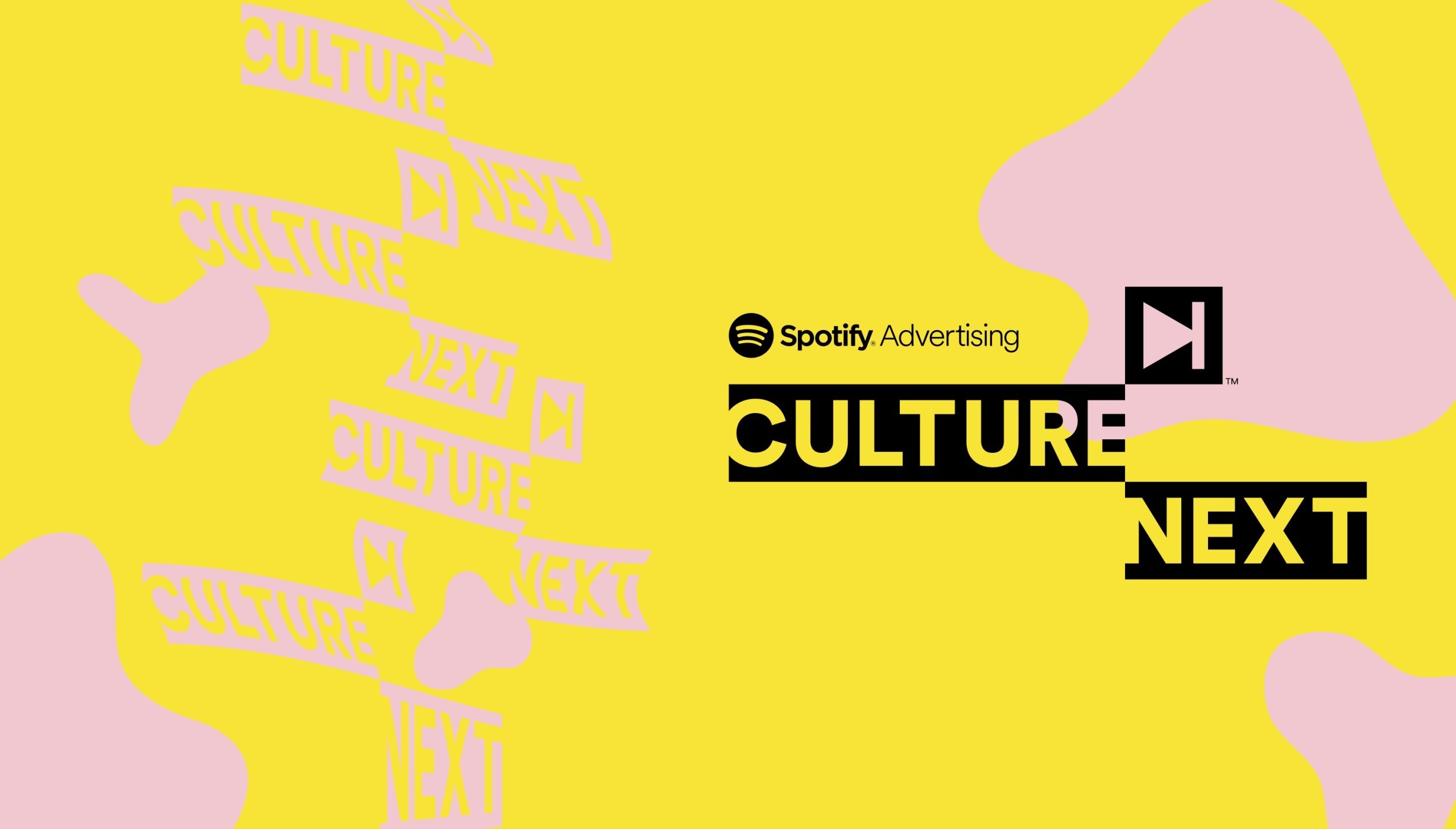
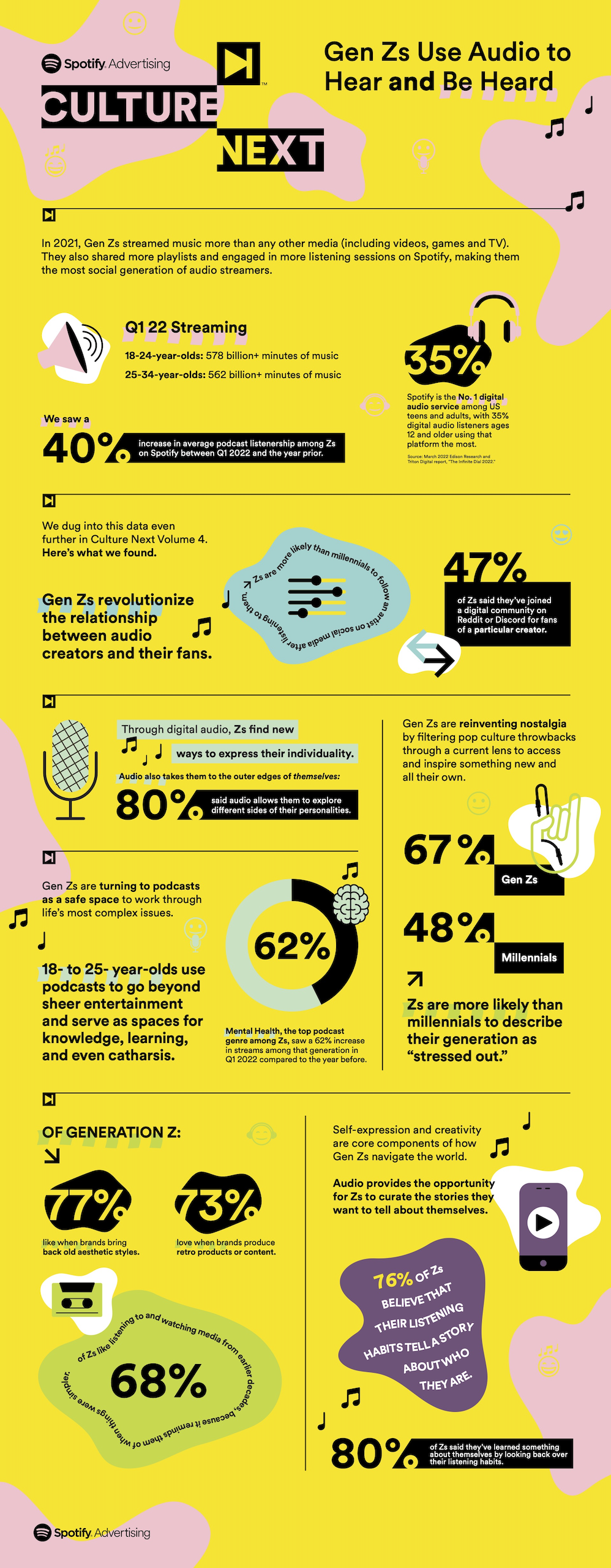
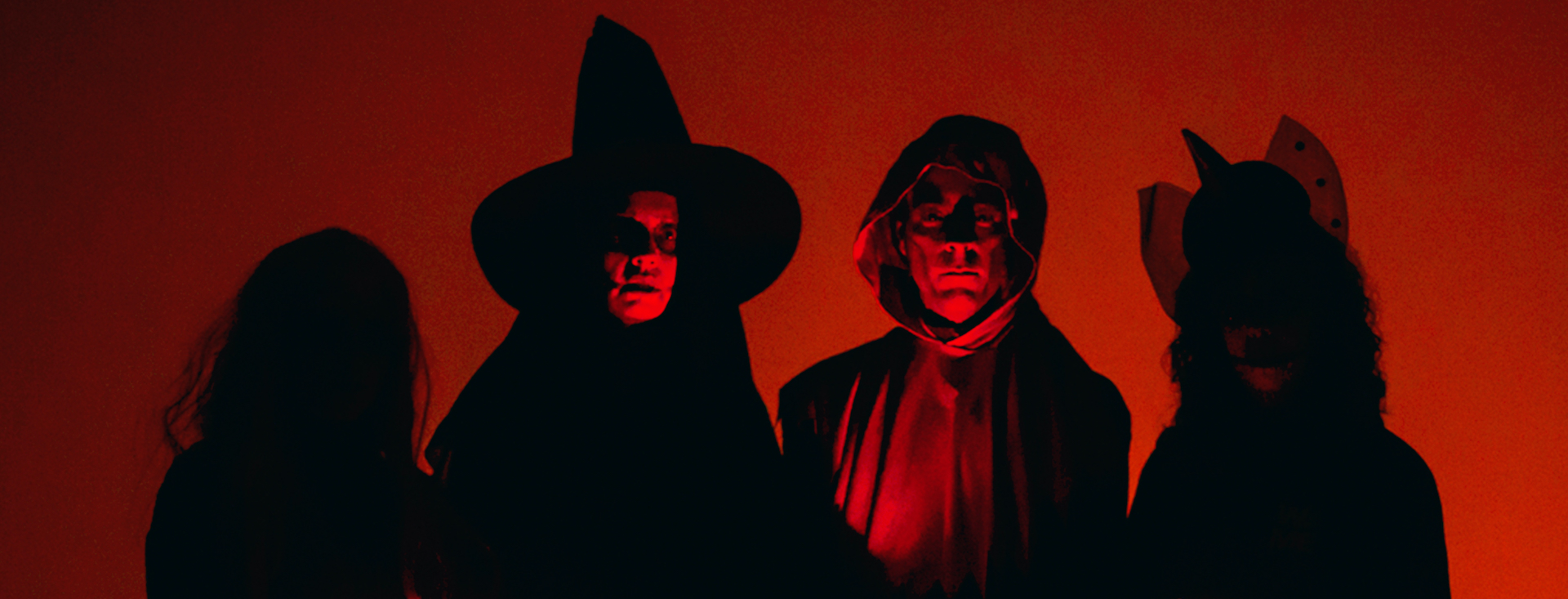
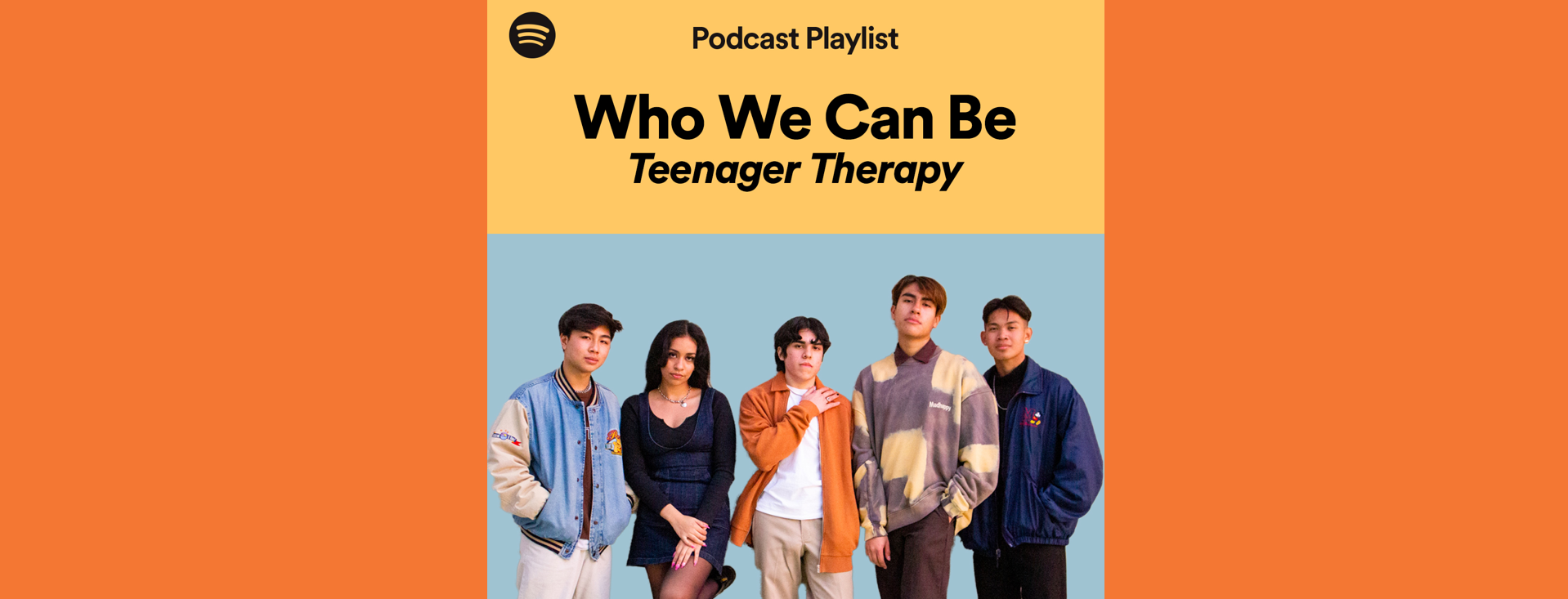
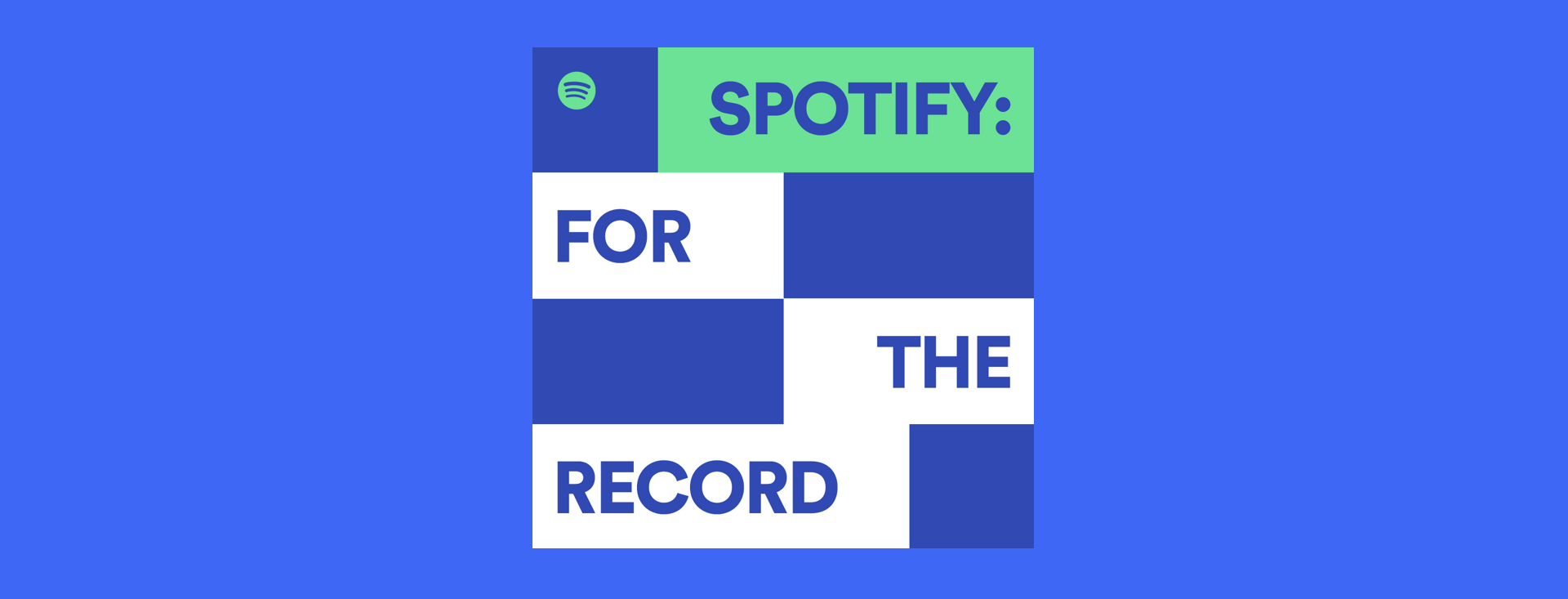
Recent Comments